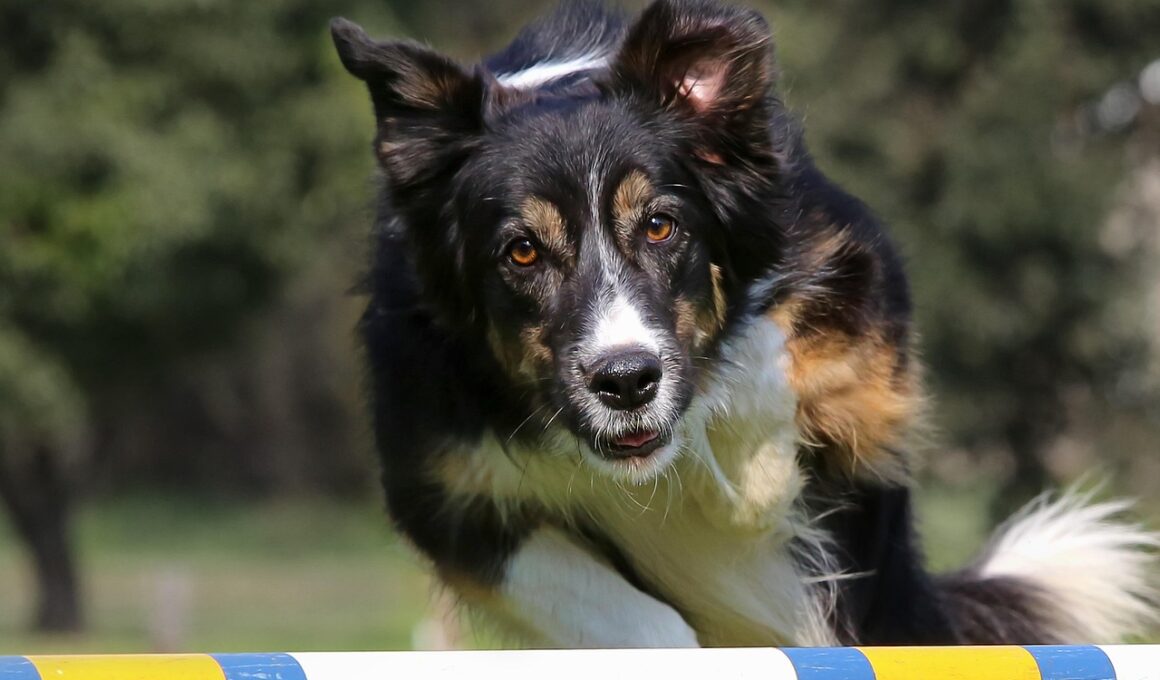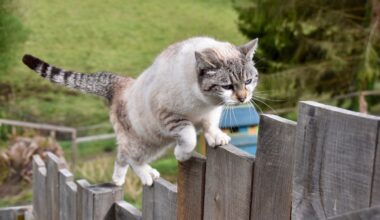Ultimate Guide to Dog Show Results: Understanding the Judging Criteria
Dog shows are exhilarating events that showcase the beauty and talent of canines across various breeds. Understanding the crucial role of judging criteria is essential for exhibitors and spectators alike. Judges evaluate several aspects, including conformation, temperament, and overall health. Conformation refers to how closely a dog meets the breed standard set by organizations. Judges assess the dog’s physical attributes such as size, coat quality, and alignment. During the competition, each dog is presented individually, allowing the judge to inspect it thoroughly. Likewise, temperament plays a vital role in scoring as dogs need to display a calm and confident demeanor. This is essential not just for competition but also for a good home life. Exhibitors prepare their pets meticulously, from grooming to training, ensuring they shine in front of judges and audiences. Observing a dog show can be enlightening, making it an engaging experience. Whether you are an owner or a spectator, educating yourself on judging criteria amplifies your enjoyment. The next section emphasizes how these criteria impact the competition and showcases best practices for dog owners.
One crucial aspect of dog show results is the scoring system utilized by judges to evaluate participants. Each judge has a unique method for scoring, but common practices generally involve assigning points based on multiple criteria. The overall performance of a dog is scored by breaking down various aspects into specific categories, such as head, body, and movement. The judge may assign 25 points for the head, 30 for the body, and 20 for movement, with added scores for temperament and presentation. Understanding this point system can significantly help owners strategize their training methods and preparation efforts. Notably, the emphasis on movement or gait differentiates various breeds significantly. Observing how your dog moves can dictate training focus areas. Every breed possesses a unique style and rhythm that must reflect in the show ring. Owners can train their dogs to exhibit these traits effectively. Proper practice helps enhance the overall fluidity and grace of movement. Fortunately, seminars and educational materials can guide aspiring exhibitors. These resources can simplify how results are derived from the judging criteria, making the learning process more enjoyable.
Another vital element contributing to dog show results is the breed standard, which serves as a benchmark for evaluation. Each breed has unique characteristics that define its ideal appearance, including size, weight, and coat type. Judges are expected to possess comprehensive knowledge of these standards established by canine organizations like the American Kennel Club (AKC) and the United Kennel Club (UKC). Being familiar with these benchmarks allows judges to make informed decisions during competitions. Exhibitors can benefit from understanding these standards as they prepare their dogs for the ring. Compliance with the breed standard can significantly affect a dog’s placement, as judges aim to identify the specimens that best represent their respective breeds. In training, showcasing your dog’s unique traits while emphasizing adherence to these standards is key. Breeders and owners alike should prioritize education on maintaining breed integrity. This contributes to fostering breed development and ensuring that new generations remain consistent with established characteristics. Ultimately, understanding how breed standards correlate with show results is essential for all involved parties, making it important to investigate further.
Understanding Competition Levels
Competitions exist at various levels, ranging from local to national and international shows. Each level presents unique challenges, and understanding these can assist owners in their preparation and strategy for success. Local shows often serve as an entry point for many exhibitors, where they can gain experience and receive useful feedback from judges. Nationals and international shows, however, often feature fierce competition, requiring exhibitors to have exceptional handling and presentation skills. These high-level events also frequently attract a broader audience, increasing pressure on participants. Moreover, certain shows may incorporate various categories based on age and experience. This division helps to create fairer competition, allowing dogs to compete against others with similar skill levels. By participating in various levels of competition, owners can better assess their dog’s readiness for higher stakes events. This practice can reveal strengths and weaknesses, paving the way for focused training sessions. Networking with other dog owners at these events can also provide invaluable insights regarding preparation and performance. Thus, understanding the competition levels is critical for any aspiring dog show participant.
A vital aspect affecting dog show results is the role of presentation and grooming. Judges pay close attention to how well a dog is groomed and how it presents itself in the ring. Ensuring a dog is clean, well-maintained, and showcase-ready can significantly improve its chances. Regular grooming should be a standard practice, as upkeep speaks volumes about an owner’s dedication to their pet. Techniques used during presentation, including stacking and gaiting, are essential for creating a positive impression on judges. Owners should familiarize themselves with proper methods for showing their dogs to maximize effectiveness. Additionally, handlers play a crucial role in how dogs are presented, and learning effective handling techniques can elevate performance. Practicing with professionals can help, as they may offer tips and tricks specific to navigating the ring environment. This summary reinforces the importance of visual appeal and proper technique in competitions. Remember, judges look beyond the surface; they appreciate the effort put into the grooming process. Thus, successful presentations can ultimately help dogs excel in shows while enhancing overall enjoyment.
Emotional and Mental Preparation
While physical training is paramount, emotional and mental preparation should not be overlooked. The atmosphere at dog shows can be overwhelming for both dogs and exhibitors, making it essential to cultivate a positive mindset. Training sessions should include exposure to cheering crowds and unfamiliar environments to create familiarity. Using positive reinforcement techniques during this training can help dogs associate the ring with pleasant experiences. Furthermore, mental exercises, like practicing focus commands or tricks, can build a reassuring routine that calms anxious dogs. Owners should monitor their dog’s stress levels throughout the process and actively manage any discomfort. Organizing fun activities involving different distractions increases the dog’s adaptability. Providing ample breaks and allowing time for relaxation between sessions is equally important. Both the owner and the dog benefit from establishing a consistent routine leading up to the show. Staying organized reduces potential stressors. Emotional readiness directly correlates to performance. Hence, developing a healthy mental environment for exhibitors encourages a better experience for everyone involved. Training for dog shows requires holistic strategies to achieve success.
Finally, providing an overview of the dog show culture enhances understanding and appreciation for results. Attending various shows exposes owners to different judging styles and practices, broadening perspectives and learning opportunities. Connecting with other exhibitors further enhances the experience as they often share insights and experiences. Many dog show communities maintain active online forums and social media groups where individuals can discuss various topics. Engaging in these communities fosters relationships and assists in networking, which can be advantageous for newcomers. Additionally, learning about the history of dog shows allows participants to recognize how standards and expectations have evolved. There is a rich tradition surrounding dog shows that transcends the simplistic view of competition; it is about love for the breed and respect for the standards. As cultures showcase their canine companions, mutual respect grows, forming a community united by shared experiences. Understanding the deeper aspects behind dog show results can help elevate everyone’s appreciation. In conclusion, embracing the journey in the dog show world creates lasting memories and fosters a rewarding environment.



